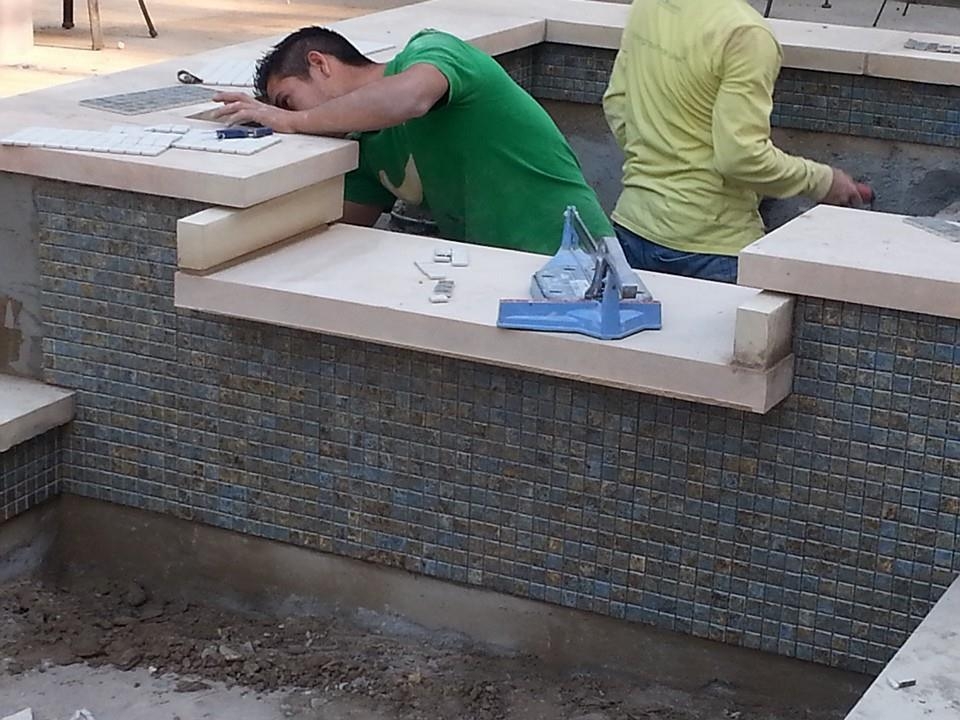Investing in a Pool – What you should know.
If you want to be swimming in your own pool this summer, now is the time to start planning. In this third in our Prescription for Pool Procrastination posts, we offer guidance on managing the cost of your pool.
Just as with a home construction project, many factors impact a pool project’s costs. Understanding these can help guide you in making informed design decisions for a dream pool that meets your budget parameters.
- Size and depth. Excavation can account for as much as 10 percent of the total pool project – so the bigger and deeper the hole, the more the dollars add up. The rocky soils in Austin often necessitate hoe-ramming, and typically the deeper the backhoe digs, the more likely it is to encounter rock. Most pool contracts in this area include a rock clause for unanticipated rock encountered in the excavation process. That’s why a well-conceived design is so important at the outset – if you aren’t planning a diving board or ledge that requires deeper water, save money by keeping your excavation more shallow.
In addition, the larger the size, the more it will require in gunite, tile, steel, lights, and so on. Not to mention the water that will be required to fill it. Build a design that is appropriate for your goals – overbuilding just adds costs you could put to use on outdoor furnishings or landscaping.
- Special features. The options for cool water features are seemingly endless and you’ve probably pinned or saved some ideas in your planning process (see blog post: Choosing a Pool Design). Popular water features we’ve done include water plumes, negative edge and reverse negative edge pools, floating steps, fire bowls, waterfalls and deck jets, swim-up bars and in-water bar stools, shallow lounging ledges and beach entries. No surprise – the more features you add, the more costs you add. While no one wants a plain vanilla pool, adding too many bells and whistles can actually detract from the beauty of your pool. Think about how you plan to use the pool and what features are most critical to achieving that vision – then invest in those, and table the others.
- Spa or not? For many, a spa is a must-have for relaxation and therapeutic benefits. But keep in mind that a spa can add $8,000 – $12,000, or more, depending on size and features, to your overall project costs. In addition, you will be paying to run propane to your spa heater –plus the costs of consumption of the propane. If that’s not a feature you really expect to use, and you need to trim the budget, this may be an area to cut.
- Lighting. LED multicolor lighting is a hot trend, but comes with a cost. You can expect to pay an additional several hundred dollars over traditional pool lighting.
- Plaster options.The most economical finish is regular slick plaster. You’ll pay more for a pebble tech, diamond brite or quartz aggregate finish.
- Easy maintenance. Plan ahead for economical maintenance, by considering programmable controls, auto-chlorinators, and automatic Polaris-type cleaners. The investment up front will save you money and time down the road.
- Decks. There are many pool deck surface finishes. The most economical are cool decking products, while native stone would add significant costs.
- Negative edge. Although beautiful, negative-edge pools can be problematic with surface lime/calcium buildups in Austin’s hard water, as well as higher levels of evaporation that you’ll experience over a traditional pool. This is particularly true with pools that have large negative-edge sheer walls. This will result in more water usage over time.
- Water. And speaking of water, due to ongoing drought, the cost of your initial fill should be factored into your budget. Be sure to check your local water supplier for any restrictions and the costs per gallon for filling your pool the first time. Another option is to truck in water from a private source.


